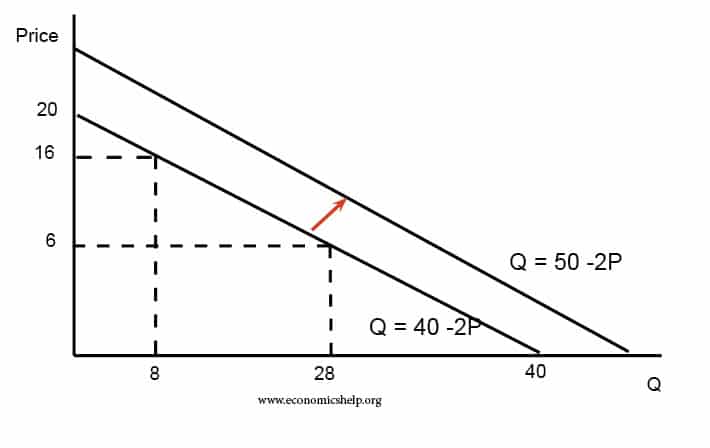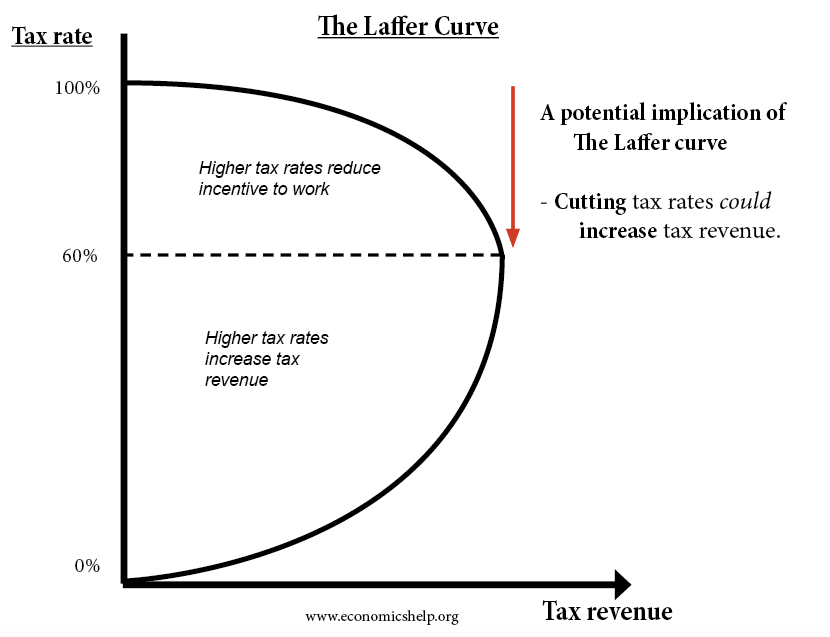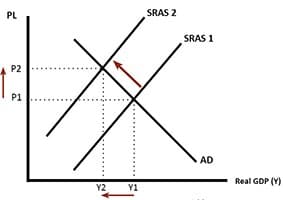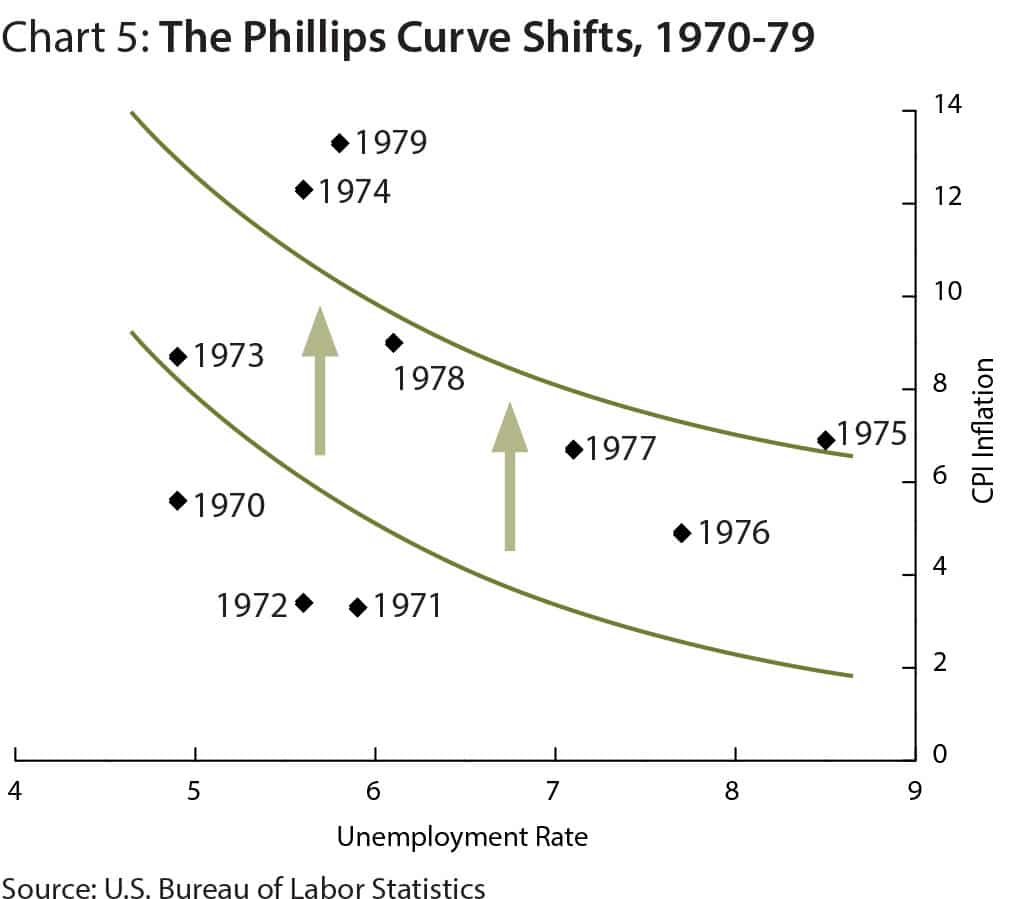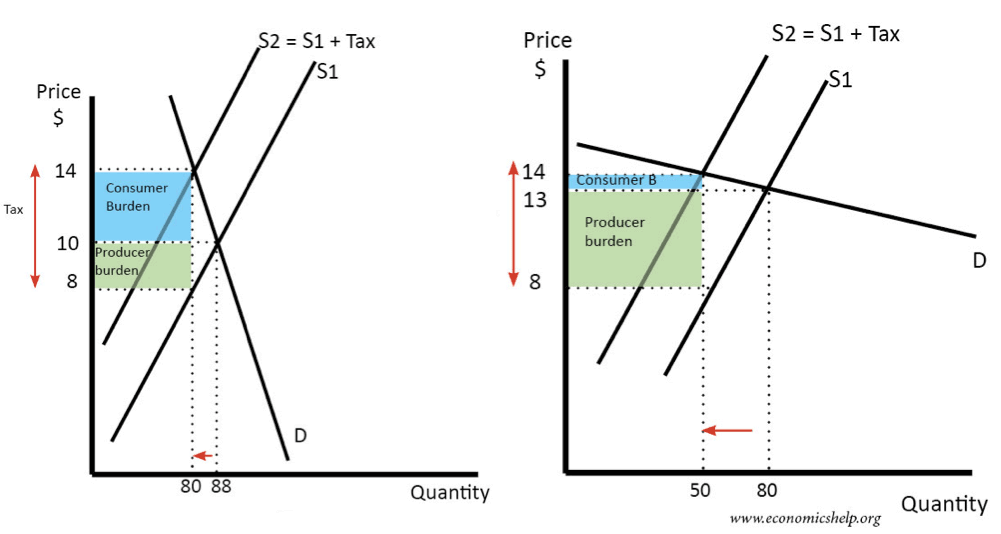Example of plotting demand and supply curve graph
The demand curve shows the amount of goods consumers are willing to buy at each market price. An individual demand curve shows the quantity of the good, a consumer would buy at different prices. Plotting price and quantity supply Market equilibrium More demand curves Related Factors affecting demand Demand …

